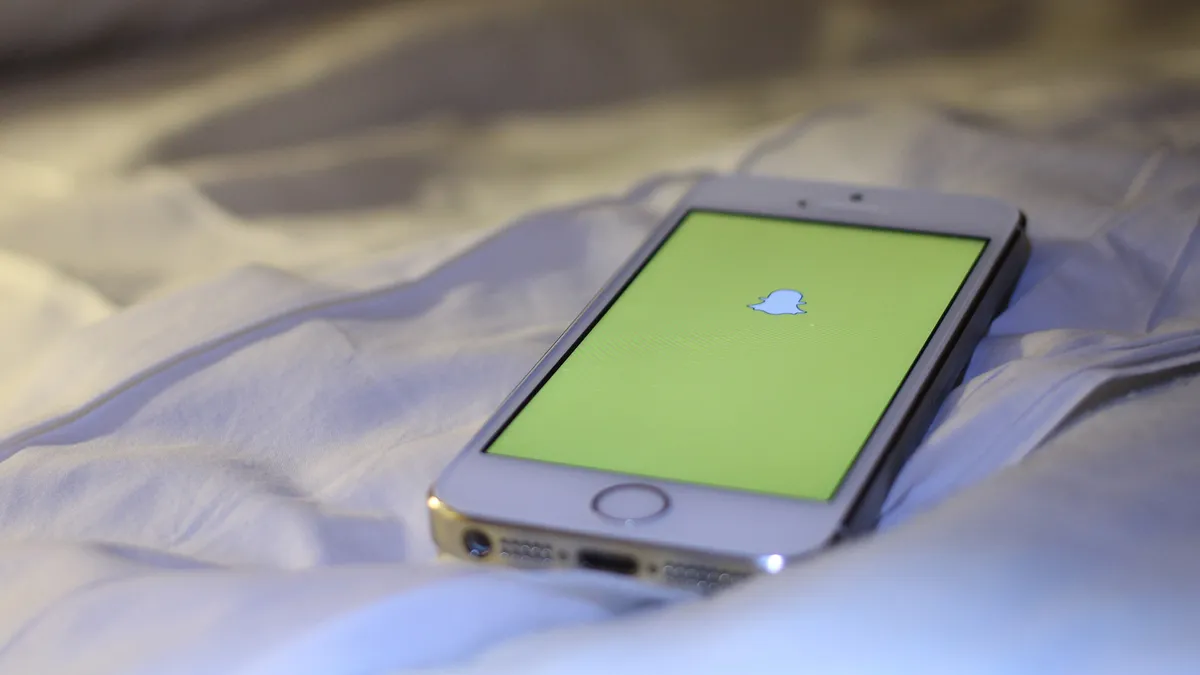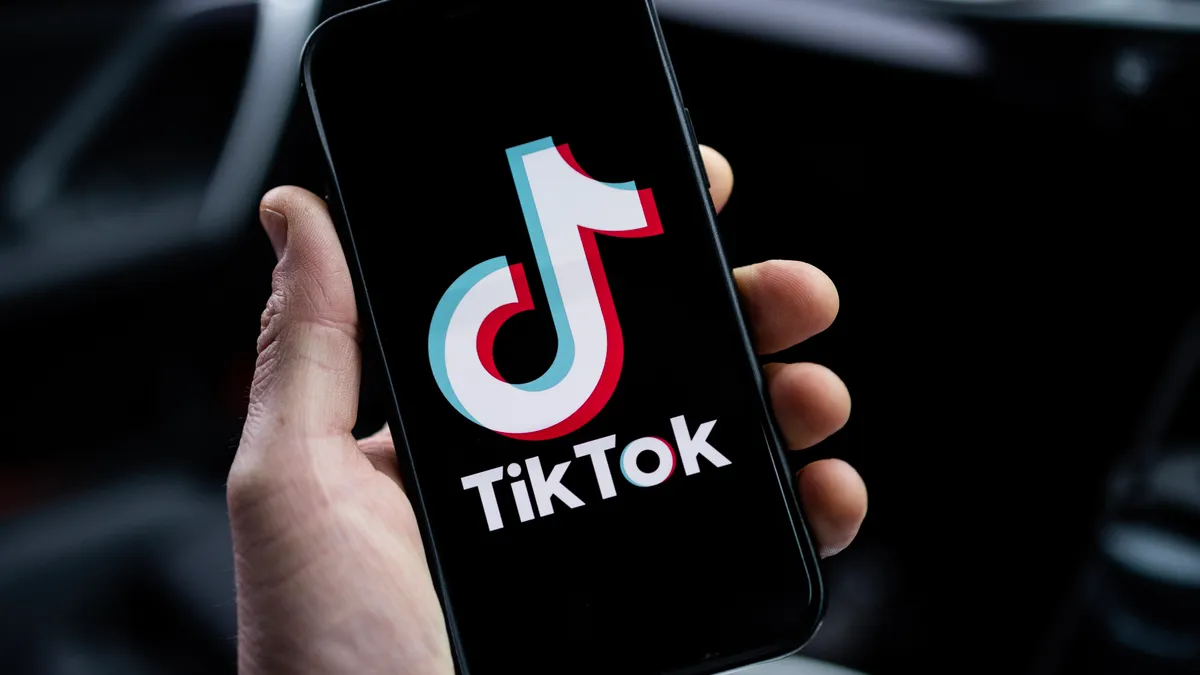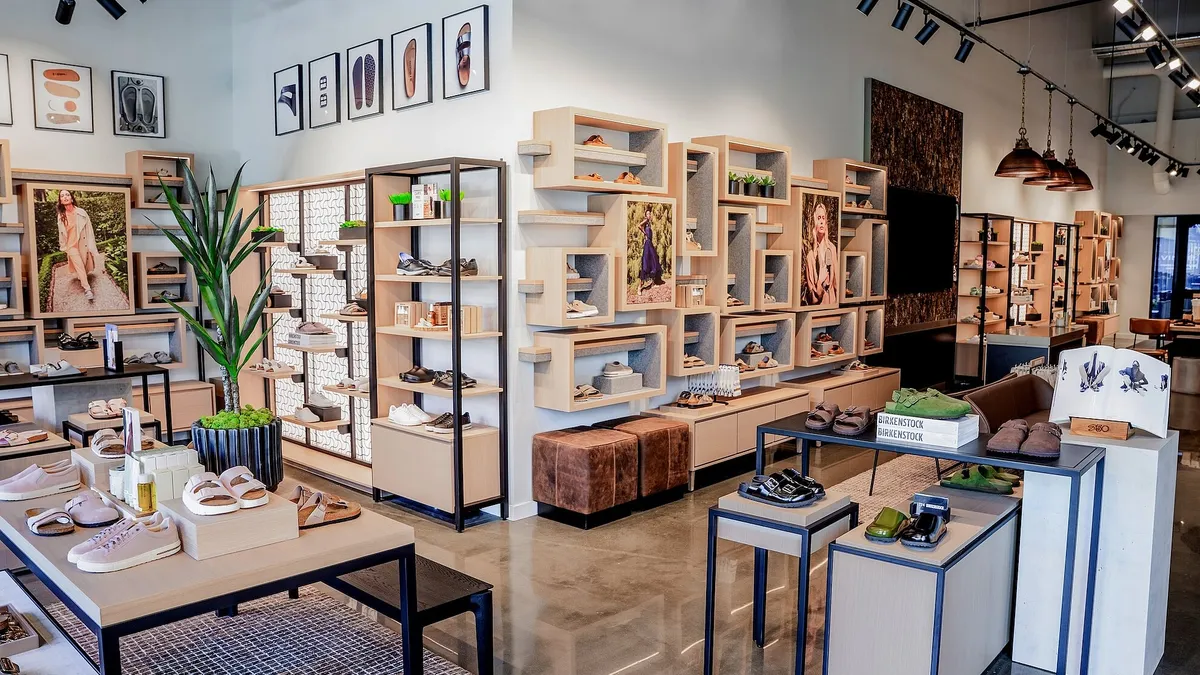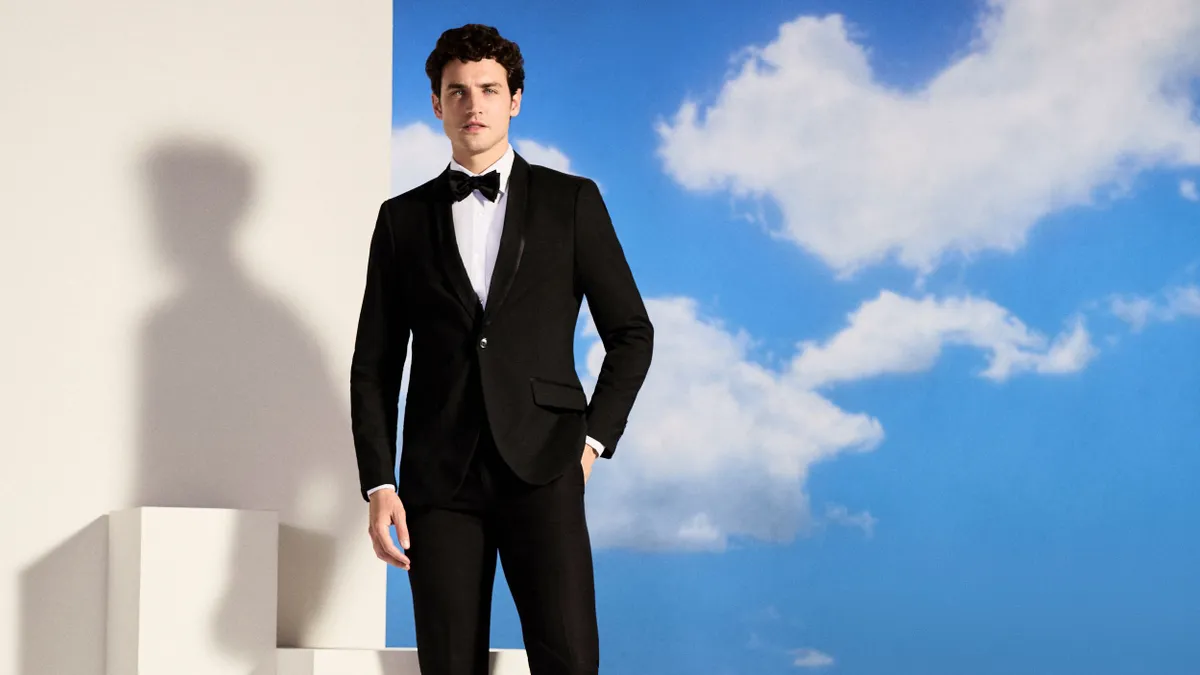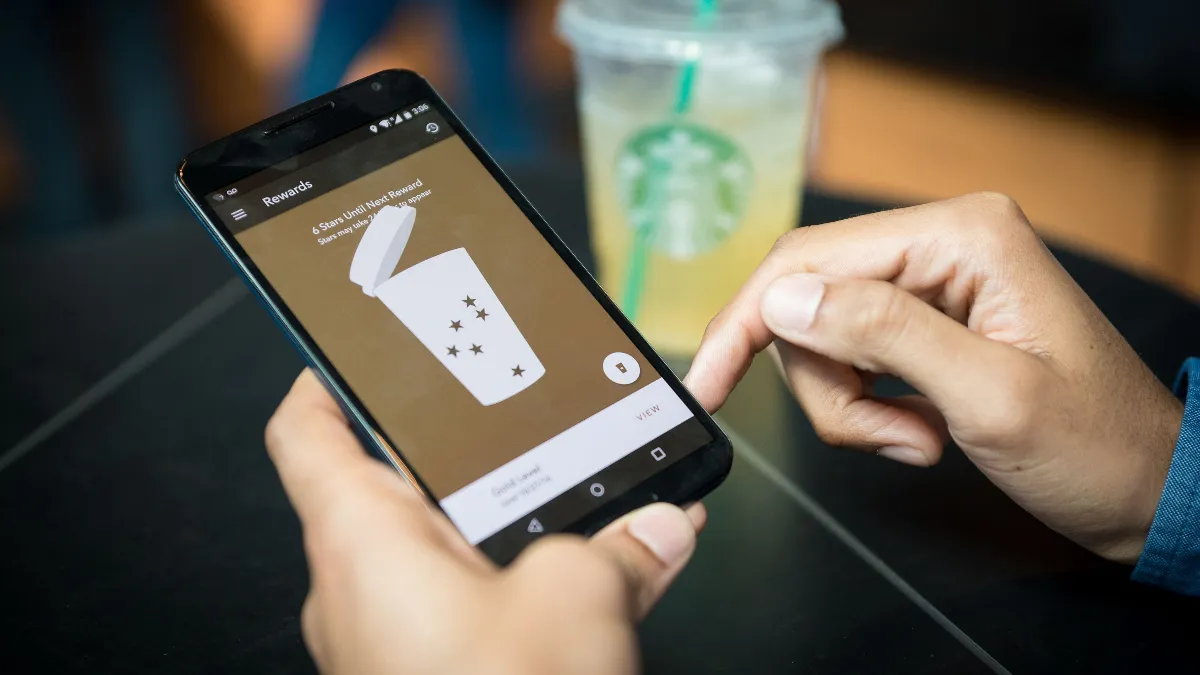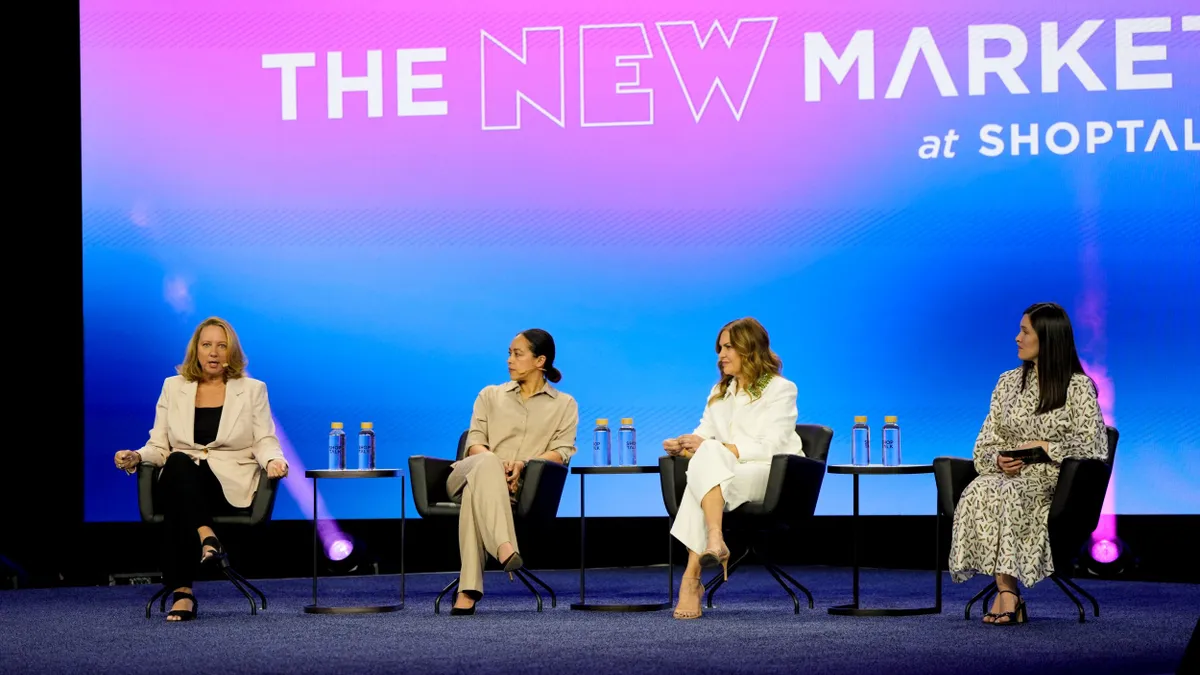Snapchat may be something of a mystery to those over 35. But the smartphone app—which allows users to send pictures, videos, and text to members of their social networks and automatically deletes the messages 10 seconds after they are viewed—is a winner among younger users.
As of June 2014, Snapchat had 100 million active users per month on average, with most members falling in the Gen Y demographic. Snapchat is number three in penetration among U.S. smartphone users age 18-34 after Facebook and Instagram (and ahead of Twitter) with 32.9% of available smartphones, according to comScore’s Mobile Metrix.
In November 2014, 71% of the people who accessed Snapchat in the past 30 days were 18 to 29-year-olds, while users age 30 to 44 represented 19% of users. Millennials’ share of the app’s user population was higher than any other social network studied; 77% of college students report using Snapchat at least once per day.
Using Snapchat to make an impression
Functioning as the "Mission: Impossible" of the digital age, it may seem that Snapchat makes it difficult to form a lasting impression—and impressions are advertising’s stock-in-trade. Snapchat’s central premise—that everything disappears unless you’re quick on the frame grab—has made adopting it slow footing among advertisers.
But some companies have experimented with the new social media channel. Brands such as Taco Bell, McDonald’s, Samsung, and Electronic Arts were early adopters of Snapchat, running advertising “Snaps” in user feeds. Taco Bell reported excellent user engagement with its campaign, with an estimated 80% of its 200,000 followers opting to check out its Snaps, which can run for several minutes and are available for review for 24 hours.
Snapchat installed two new ad formats in October 2014: The “Brand Story,” under which users opt in to see up to 20 seconds of photo montage and video, and sponsorship of “Our Stories,” featuring user-generated photos and video of events interspersed with advertiser segments. Macy’s recently underwrote the Snapchat coverage of its annual Thanksgiving Day Parade.
Driving the buzz
As these experiments with the social media platform gain more press, the promise of Snapchat is catching on among a variety of brands.
Audi recently turned to Snapchat during the Super Bowl, producing humorous content to stand out from the more slickly-produced ads appearing on TV, Twitter, and other venues during the big game. Partnering with the Brooklyn-based creative agency Huge and the The Onion on messaging, Audi generated the most mentions of any automobile company online during the Super Bowl, almost one-third of which resulted from the Snapchat campaign, and an estimated 37 million social media impressions.
These impressive numbers are at least part of the reason Snapchat's rates are super-sized compared to other online venues, asking as much as $750,000 per day to advertise.
“Knowing that Snapchat may have upward of 100 million users with two-thirds logging in every day, the size is definitely impressive for ad buys,” said Andrew Cunningham, community lead at Huge digital agency, in an interview with Retail Dive.
A paid engagement
Unlike more “passive” social networks, Snapchat’s opt-in policy makes engagement the more important metric, Cunningham says.
“I’ve definitely seen just how high Snapchat engagement rates are at scale," said Cunningham. "Unlike Twitter’s promoted trends/tweets or Facebook ads that might be viewed passively, users must opt in to view content on Snapchat with their full attention. It’s definitely a compelling selling point.”
“Whatever the user opts to see, they know that they are never going to see it again,” adds Justin Rezvani, founder and CEO of theAmplify, a marketing agency that has developed brand campaigns for a similar pictorial platform, Instagram. “On Instagram, you see only one piece of content at a time. Snapchat is the same way: You see one piece of content and engage with it.”
Quantifying the market
Snapchat’s reporting capabilities are still rudimentary, though. Last month, the service released the first study of user engagement in conjunction with MillwardBrown showing its effectiveness in building awareness.
Snapchat ads deliver an average 16% lift in awareness, according to the report, and helped drive action, too: Viewers of Snapchat campaigns promoting NBCUniversal’s Ouija and Dumb and Dumber To, for example, were 13% more likely to see the movies.
“Marketers want to know that they are pairing engaging, relevant content with the right audience, and driving real results from their advertising spend,” Millward Brown Digital president Stephen DiMarco said in a release.
So with retailers striving to reach the ever-important Millennial generation through social media campaigns and blog spots, Snapchat may be another tool to add to the arsenal.
“Any number of brands and publishers can see value in the buy,” Cunningham says. “It’s just about making sure that this younger demographic is the intended audience, and the content is channel-appropriate. At the very least, it’s a consideration for many brands moving forward.”
“By Snapchat’s own word in July 2014, over 80% of their audience is below the age of 25, and stories are amassing one billion views per day,” he says. “These are definitely compelling metrics, and for what it’s worth, I’m over 25, and my friends and I definitely use it a lot, too.”


